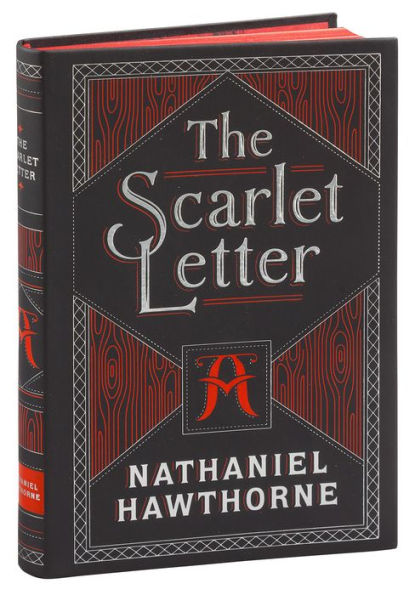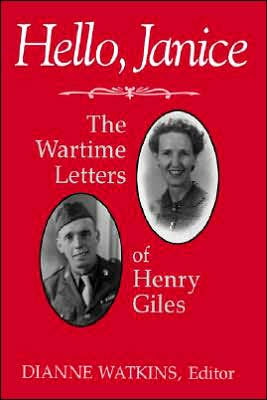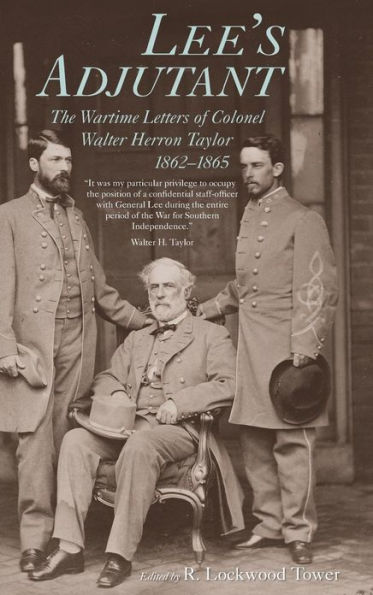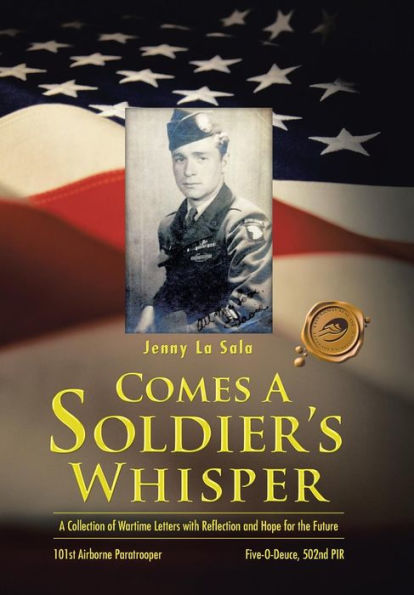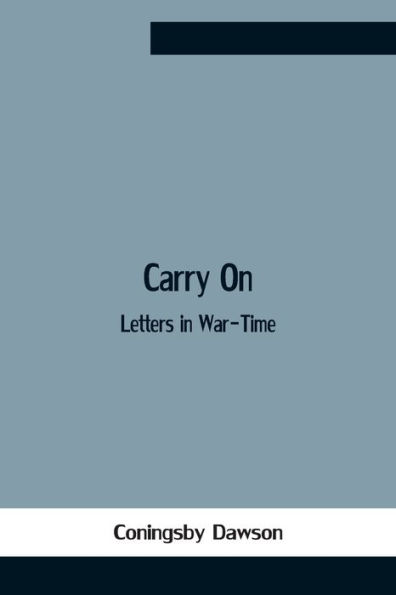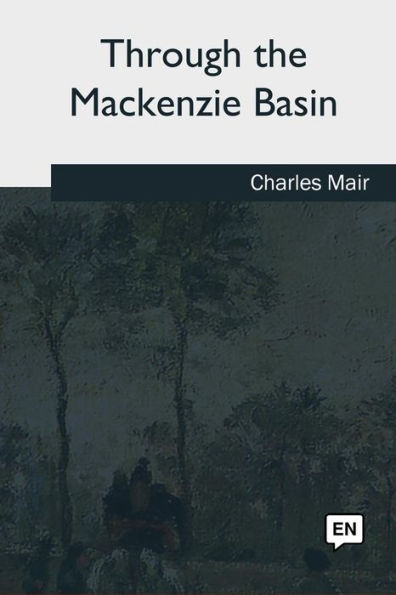Home
The Mackenzie-McNaughton Wartime Letters
Barnes and Noble
The Mackenzie-McNaughton Wartime Letters
Current price: $35.95
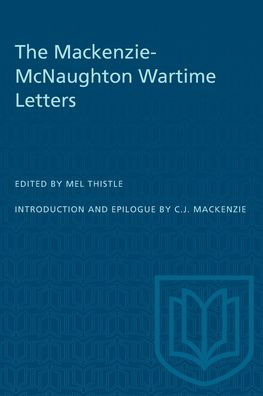

Barnes and Noble
The Mackenzie-McNaughton Wartime Letters
Current price: $35.95
Size: OS
Loading Inventory...
*Product information may vary - to confirm product availability, pricing, shipping and return information please contact Barnes and Noble
An example of highly efficient, warm, human communication, achieved in times of stress, emerges in the remarkable series of letters that constitutes the bulk of this book. Dr C.J. Mackenzie was acting president of the National Research Council from 1939 to 1943 while General A.G.L. McNaughton, the president, was on leave of absence as commander of Canada’s field forces. During this time Mackenzie wrote regular secret letters to the General reporting on the progress being made in the council’s laboratories.
These letters cover exciting and stimulating years of scientific discovery and development. The council’s programs, most of which paid off, included uses of radar for land, sea and air, the first Canadian optical glass industry, a new process for producing metallic magnesium (ending dependence on imports), the pressure suit and other advances in aviation medicine, degaussing and other defences against ingenious varieties of destructive German mines, the work on inspection of munitions in the council’s gauge laboratory, temporary refrigeration of ships’ holds for carrying bacon to Britain, defensive work on war gases, and work on ballistics.
The operation of large civilian scientific institutions during war was new to Canada. Dr Mackenzie became the first Canadian to direct such an enterprise, and his letters give us an unusual opportunity to observe how the council evolved under this pressure. The NRC, a peace-time operation, was turned into a war machine, and grew from a body of three hundred persons to an institution of thirteen hundred smooth operating full-time personnel, without faltering or missing a step. Every relevant Canadian scientific establishment and laboratory in government, industry and university was welded into a single, efficiently functioning implement of war, with Mackenzie at the centre.
McNaughton’s letters complement Mackenzie’s, and reveal the views of British scientists and politicians at the beginning of the war on the scientific capabilities of Canada. They also reveal their volte-face on seeing the NRC’s advances. The two men wrote s they thought, and the result is crisp, clear, and straightforward, without an ounce of superfluous material.
An epilogue, based on the personal journal which Mackenzie kept daily, covers the period from the last of the letters in 1943 to 1953. Mackenzie was in large part responsible for the council’s successful reconversion to peace and for the evolution of several new scientific institutions. These letters provide a fascinating insight not only into the NRC and into Canadian science at war, but also into the relationships of science with government and industry.
These letters cover exciting and stimulating years of scientific discovery and development. The council’s programs, most of which paid off, included uses of radar for land, sea and air, the first Canadian optical glass industry, a new process for producing metallic magnesium (ending dependence on imports), the pressure suit and other advances in aviation medicine, degaussing and other defences against ingenious varieties of destructive German mines, the work on inspection of munitions in the council’s gauge laboratory, temporary refrigeration of ships’ holds for carrying bacon to Britain, defensive work on war gases, and work on ballistics.
The operation of large civilian scientific institutions during war was new to Canada. Dr Mackenzie became the first Canadian to direct such an enterprise, and his letters give us an unusual opportunity to observe how the council evolved under this pressure. The NRC, a peace-time operation, was turned into a war machine, and grew from a body of three hundred persons to an institution of thirteen hundred smooth operating full-time personnel, without faltering or missing a step. Every relevant Canadian scientific establishment and laboratory in government, industry and university was welded into a single, efficiently functioning implement of war, with Mackenzie at the centre.
McNaughton’s letters complement Mackenzie’s, and reveal the views of British scientists and politicians at the beginning of the war on the scientific capabilities of Canada. They also reveal their volte-face on seeing the NRC’s advances. The two men wrote s they thought, and the result is crisp, clear, and straightforward, without an ounce of superfluous material.
An epilogue, based on the personal journal which Mackenzie kept daily, covers the period from the last of the letters in 1943 to 1953. Mackenzie was in large part responsible for the council’s successful reconversion to peace and for the evolution of several new scientific institutions. These letters provide a fascinating insight not only into the NRC and into Canadian science at war, but also into the relationships of science with government and industry.
